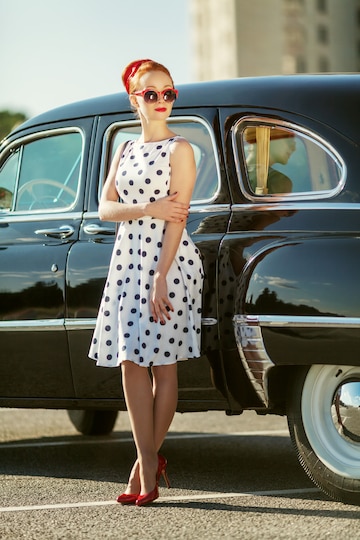The 1970s was a decade of bold colors, funky patterns, and self-expression through clothing. Fashion during this era reflected the social and cultural movements of the time, with influences from various subcultures and emerging design trends.
Key features of 70s fashion:
- Flared silhouettes: Bell-bottoms and wide-legged pants were a staple for both men and women.
- Natural fabrics: Cotton, denim, and suede were popular choices, reflecting a move towards a more casual and relaxed aesthetic.
- Bold prints: Floral, paisley, and geometric patterns added a touch of personality and flair to outfits.
- Unisex styles: Oversized clothing, jumpsuits, and knitwear blurred the lines between traditional gendered styles.
- Disco fever: Sequins, metallic fabrics, and platform shoes embodied the glitz and glamour of the disco era.
Subcultural influences:
- Hippie style: Flowing maxi dresses, headbands, and tie-dye reflected the peaceful and free-spirited nature of the hippie movement.
- Punk rock: Ripped clothing, leather jackets, and safety pins embodied the rebellious spirit of punk rock sfbayconcerts.com/.
Designers who shaped the decade:
- Yves Saint Laurent: Known for his tailored trouser suits and introducing a more masculine look for women.
- Halston: Pioneered minimalist designs using luxurious fabrics like cashmere and jersey.
- Vivienne Westwood: A key figure in punk fashion, known for her use of tartan and subversive designs.
70s fashion continues to inspire designers and fashion enthusiasts today. Its bold and eclectic spirit is often reinterpreted in modern collections, offering a reminder of the era’s enduring influence.



